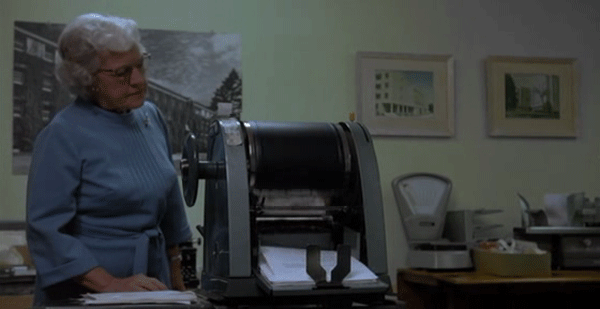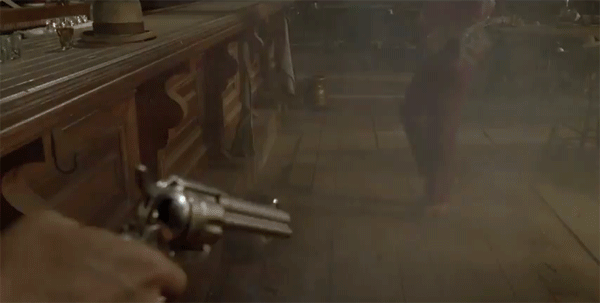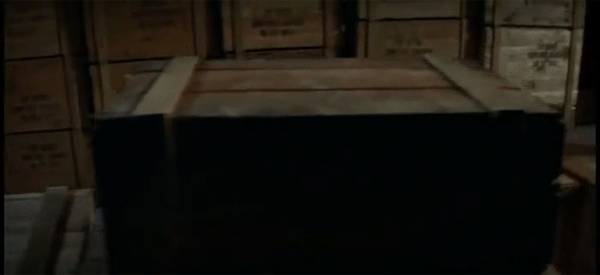On Tuesday Tim Owens and I spent the afternoon with the good people at Georgetown’s Center for New Designs in Learning and Scholarship (CNDLS). Rob Pongsajapan invited us up to talk about the work we’ve done with UMW Domains. Rob has led much of the WordPress development for CNDLS over the years. In fact, six or seven years ago he came to UMW to talk about the work we were doing with UMW Blogs at the time. So it was pretty cool to re-connect around Domains. There is a consistency to the work we have been doing over the last decade, and that became increasingly clear to me during this short day trip. In fact, best thing about both UMW Blogs and UWM Domains is the number awesome people in the field they have brought us into contact with. Sharing our work with other groups is the best part of what we do—and it has been one of the things that has made UMW’s DTLT distinctive.
As I alluded to earlier, an interesting sense of convergence hit me while I was at Georgetown. I realized that CNDLS Executive Director, Eddie Maloney, was part of a panel Martha Burtis took me to back in 2006—she was a great director! The panel also consisted of Bryan Alexander and Dan Cohen, and it was titled “Scholarship 2.0: What Web 2.0 means for Digital Humanists.” That’s some crazy Digital Humanities history right there.
One of the things that really struck me during the panel was Maloney’s vision of the portfolio as a digital notebook that could move seamlessly across and between courses departments, and disciplines. It’s an idea that I came back to just months later right here on this blog while building UMW Blogs. I still love the idea of a digital notebook, it’s how I have thought of the bava for almost a decade. So when I met Eddie for the first time officially, I was kinda struck by the history there—although I didn’t formally mention stealing his ideas 🙂
As anyone in higher ed tech knows, the digital portfolio has become something of a white whale. We’re monomaniacally pursuing this all-encompassing monstrosity of integration, while at the same time we know it’s so many different things to so many different people. UMW Domains begins to pierce the skin of that leviathan-like mythos by reframing who manages, controls, and ultimately owns the portfolio well beyond their time at university. Your domain can certainly be a portfolio, but it can also be an upgrade to your institutional ~space infrastructure, a platform for digital scholarship, an engine for digital fluency, a highly customizable alternative for courses spaces, and on and on and on. It’s many, many things. It’s Protean. But back in 2006, as Rob noted while we were getting some coffee, the idea of rolling out a web hosting platform and providing your entire community personal domains would have been a non-starter. The idea would have never gotten off the ground, and even in 2006 commodity web hosting was no longer new. It had been around for 3 or 4 years. Hosting was not radical in 2006, but the idea of it as a tool in higher ed was.

Almost 10 years on from that 2006 panel about the digital notebook at CHNM, we have folks from Georgetown’s CNDLS and their University Information Systems (UIS) at the table, and they immediately see its value. They realize the possibilities, and they’re mindful of the risks and potential issues, but none of those concerns seem to be deal breakers. I was deeply impressed with Peter Farkas, the Director of Educational Technology at UIS. His questions and concerns were on the money, while at the same time he got the immense possibilities of such an initiative. At no point during the afternoon did I get the sense that IT was an impediment at all—and that speaks to the fact that ten years later the idea of a Domain of One’s Own is no longer radical. In fact, it almost seems practical and necessary—and that’s a pretty striking shift.
And that realization is not limited to our time at Georgetown. Tim and I talk to many schools who are interested in a Domains initiative, and the conversations have rarely been about convincing folks of the value, but rather how they can do it for their particular context. It’s become increasingly clear that the LMS will do what it does best: quizzes, grade books, etc. But it will never truly be a platform for personalization, exploration, and individual control outside the definitive and limiting confines of the course. A domains project provides personalized namespaces, easy web publishing, and a whole suite of applications (all of which are portable) for those that need them beyond any one course—not to mention their time at university. It’s not radical anymore, in fact, it’s actually pretty trailing edge. It’s called the web, and its been around for more than two decades, it’s just time that universities start exploring how it fits the needs of their campus.
________________
All GIFs in this post, save the first and last, are by Michael Branson Smith. I found them while randomly searching for eportfolio filtered through animated images. I should not be surprised.








2006. That takes me back – thanks.